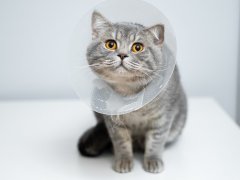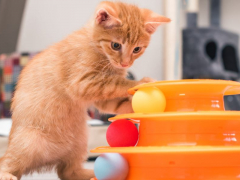
Did you know it is uncommon for cats to show apparent signs of pain, such as limping? You might wonder how to can know if something is wrong with your cat and how to help if a problem arises.
Cats often hide signs of pain. When they do show pain, the symptoms might be subtle. Behavioral changes such as aggression, or changes to routine, appetite, or toileting habits can all be signs of pain or illness. Never give over-the-counter human pain medication to your cat as these can be fatally toxic to cats.Key Takeaways
You know something hurts if your cat has experienced trauma, had surgery, or is limping, but what if things are more subtle? Read on to learn how to tell something is amiss with your cat if your cat is not letting on that they are in pain.
How Do You Tell if a Cat Is in Pain?
Aside from a pronounced limp or wound, there are many other ways to tell something isn’t right with your cat. This list is not exhaustive, and not every cat will show these signs, but here are 10 of the most common symptoms you might see if your cat is in pain.
1. Lethargy
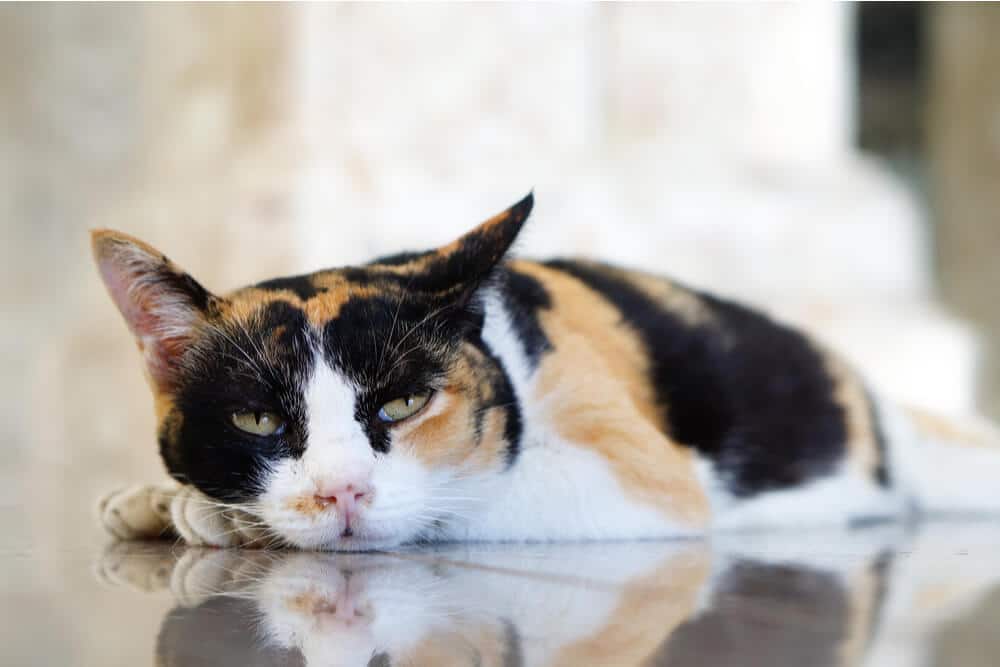
Cats in pain might sleep more than usual and don’t move around as much as they normally do.
When a cat is in pain, they might have less energy than usual. Increased lethargy can signify many medical problems in cats, so always worth speaking to your veterinary provider if you notice this.
Also Read: Why Do Cats Sleep With Their Head Up?
2. Reduced Appetite
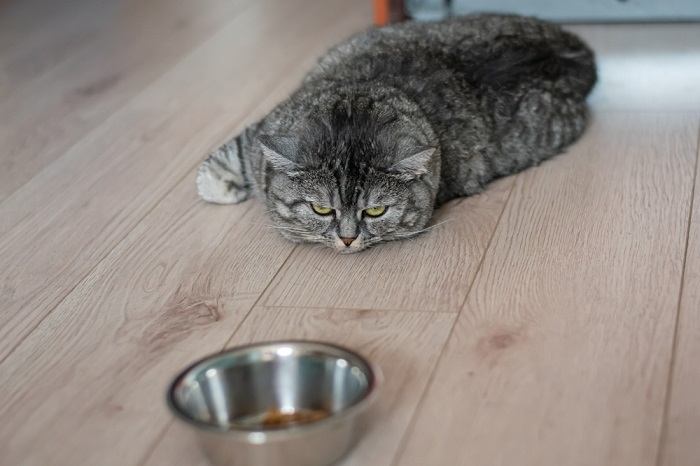
Some cats stop eating when they are in pain, but others continue to eat normally.
Although some cats are naturally picky eaters, you know what is normal for your cat regarding appetite. Any changes in your cat’s hunger or thirst can indicate a problem. Pain can lead to a loss of appetite. However, it surprises many pet parents that cats will often continue to eat well, even with severe, painful diseases of the teeth and gums.
Also, did you know that if a cat stops eating their food completely, they can become seriously unwell in only a few days? This is due to their unique protein metabolism, which can cause liver damage. Liver problems can be fatal if untreated. If you notice your cat is going off of their food, speak to your veterinarian straight away.
Also Read: My Cat Ate A Chicken Bone: Should I Worry?
3. Aggression
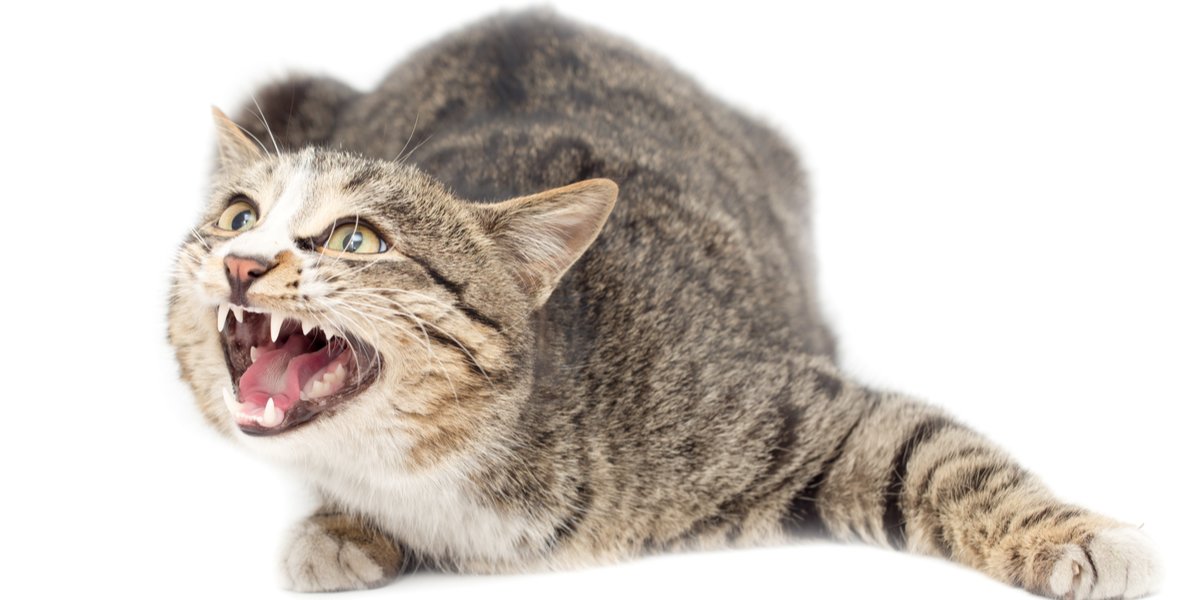
Pain can cause normally docile cats to hiss, bite, or scratch.
Some cats become grumpier, might swat, or even show outright aggression, such as swiping, hissing, or even attempting to bite or scratch when in pain. This might be noticeable when you pet your cat around areas of acute pain, whether a limb, the spine, or the ribs.
Also Read: How To Deal With Food Aggression In Cats
4. Changes To Facial Expression or Posture
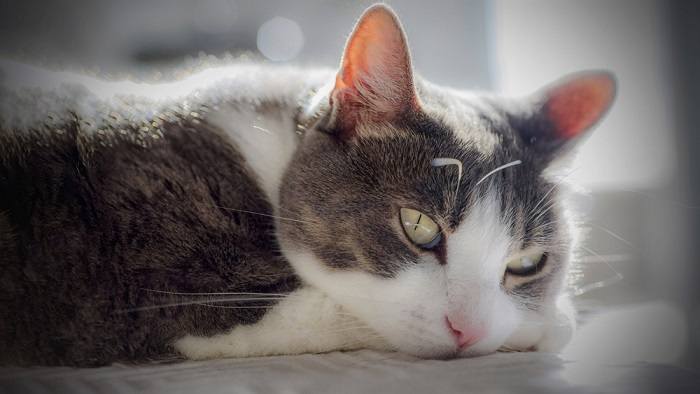
Trained veterinary professionals can evaluate a cat’s pain level based on specific facial expressions.
If a cat is in pain, you might notice changes to their facial expression. Some cats will appear to grimace and might have flattened ears. Though it takes some training to recognize subtle changes in a cat’s facial expression, the assessment of facial features has been scientifically validated as a way to monitor pain in cats through the “Feline Grimace Scale.”
Also Read: Why Do Cat Tails Shake Or Quiver?
5. Changes in Daily Routine
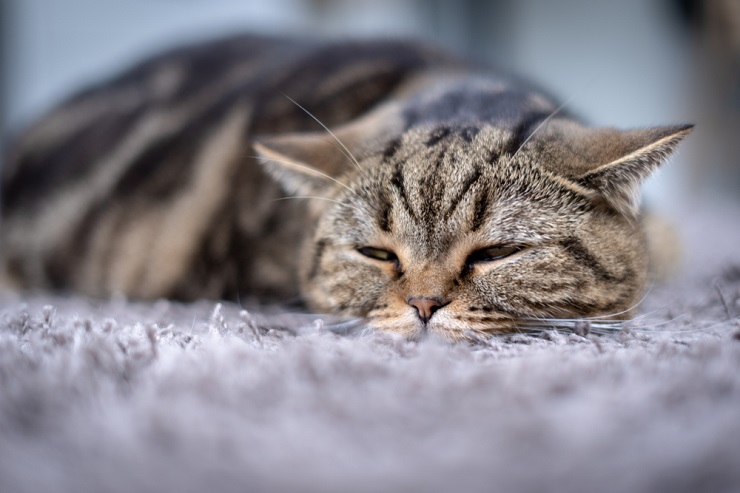
Cats in pain might stop jumping up on the couch for a nap or climbing their favorite cat tree.
Most cats are creatures of habit (even if that routine is moving from the couch to the food bowl and back again!). If you have noticed that your cat is no longer going about their day-to-day routine, as usual, this can mean they are not feeling well or are in pain. Common signs are reluctance to use the stairs or jump up to usual sleeping spots.
Also Read: Do Cats Have A Sense Of Time?
6. Hiding Away or Reduced Social Interaction
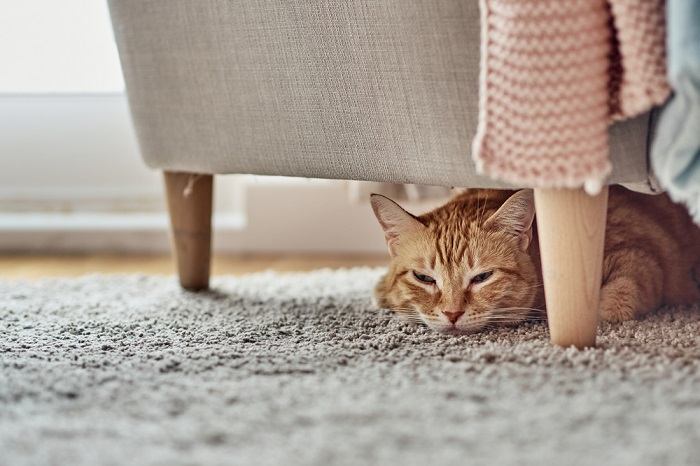
Hiding is an extremely common sign of illness, injury, or pain in cats.
If you have noticed your cat hiding more than usual, no longer interacting normally, or they’re no longer interested in their regular playtime or cuddles, this can signal something is wrong.
Also Read: Do Cats Cry Tears When Sad Or In Pain?
7. Increased Vocalization
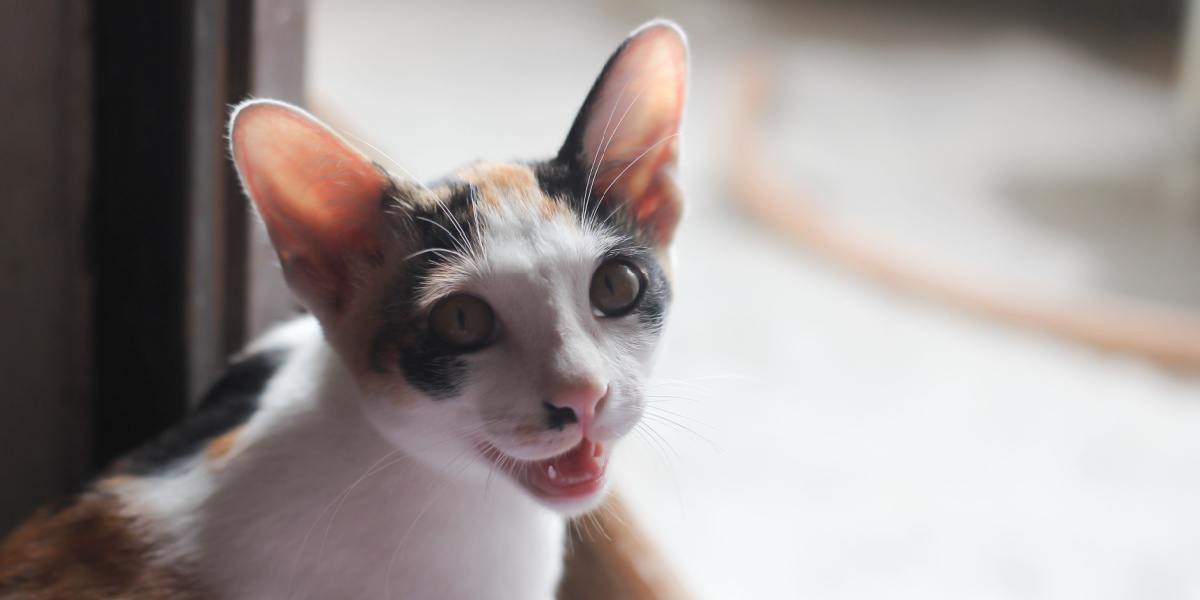
Cats meow at humans to communicate—incessant meowing is your cat’s way of telling you something is wrong.
Unlike dogs, cats rarely whimper or groan when in pain. However, some cats might meow more or even purr when in pain or discomfort.
Also Read: 7 Common Cat Vocalizations And What They Mean
8. Reduced Grooming
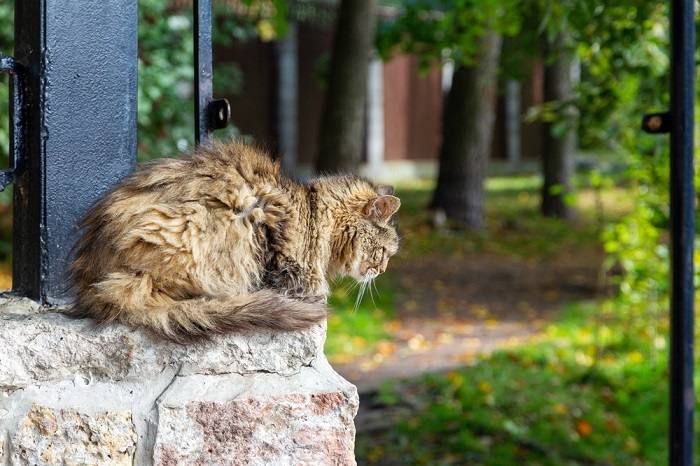
Cats in pain might stop grooming themselves like normal, so their coat will begin to look dirty and disheveled.
Some cats, when in pain, will reduce the amount they groom themselves. This might mean your cat’s fur becomes dull, dusty, or unkempt. Long-haired kitties might even develop matted fur.
Also Read: How To Reduce Cat Shedding In 9 Simple Steps
9. Altered Sleep Habits
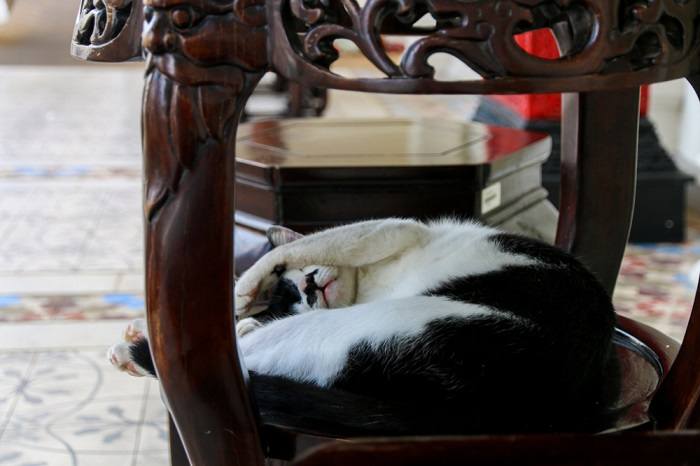
Cats do sleep a lot in general, but sleeping more than usual or at different times might mean something is wrong.
When feeling poorly or in pain, some cats will increase the amount they sleep. If you have noticed your cat is sleeping more than usual, this may be a sign something is wrong.
10. Changes in Toileting Habits
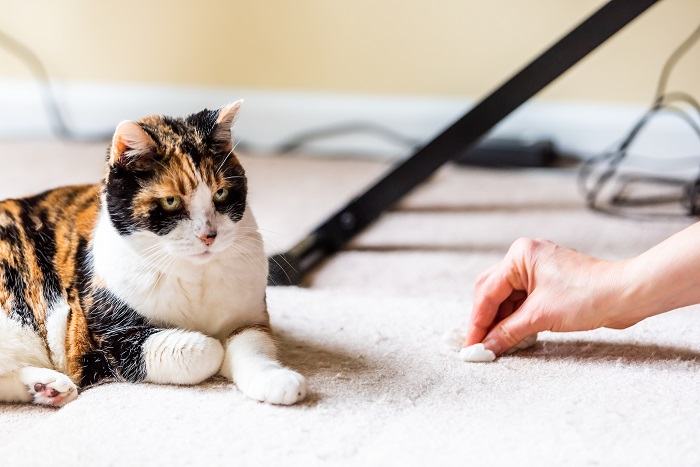
Not using the litter box is a common sign of pain or illness in cats.
Some cats decrease their pooping habits if they are in pain. This can lead to constipation. Others might struggle to access their litter boxes, especially if the sides are high, leading to accidents around the house. Urinary tract infections can also be painful. Your cat might pee more frequently or their urine might have an unpleasant odor.
However, in the early stages of a painful condition or disease process, many cats continue to act normally. This can mean that cats are already quite poorly by the time pet owners notice a problem. It is often a shock when owners come to the clinic and receive the news their cat has quite a serious disease.
Many cat owners worry they have missed something. However, rest assured, it is not always possible to notice there is something wrong until such a time your cat is unable to hide it anymore.
Also Read: Why Does My Cat Guard Me When I Go to the Bathroom?
Why Don’t Cats Always Show Signs of Pain?
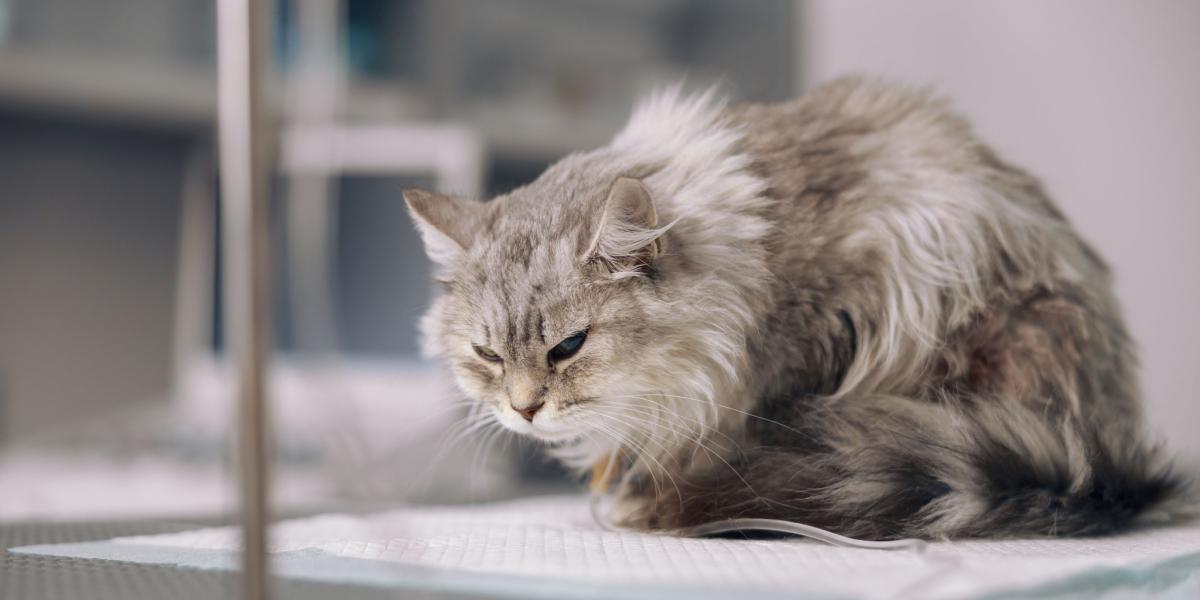
Cats instinctively hide signs of pain or illness so they don’t appear weak to predators.
We often think of cats as predators, more akin to their big cat relatives, but did you know domestic cats are both predatory and prey animals? Showing signs of pain demonstrates weakness in the animal kingdom and makes a cat more vulnerable to attack. As such, cats are hardwired to hide signs of pain or discomfort. This means that often, your cat might be pretty sick when you notice something is amiss.
Also Read: 12 Warning Signs Your Cat Is In Pain And Crying For Help
How Can I Help if My Cat Is in Pain?

Even if you only suspect your cat might be in pain, schedule an appointment with your vet for an evaluation.
If you suspect your cat is in pain, make an appointment to see your local veterinary care provider. Your veterinarian can get a comprehensive history and physical examination to help ascertain the problem. From there, your veterinarian might advise you to try some treatments or recommend additional tests.
Also Read: What Can You Give A Cat For Pain? 6 Vet-Recommended Options
What Treatment Is Available for Cats in Pain?
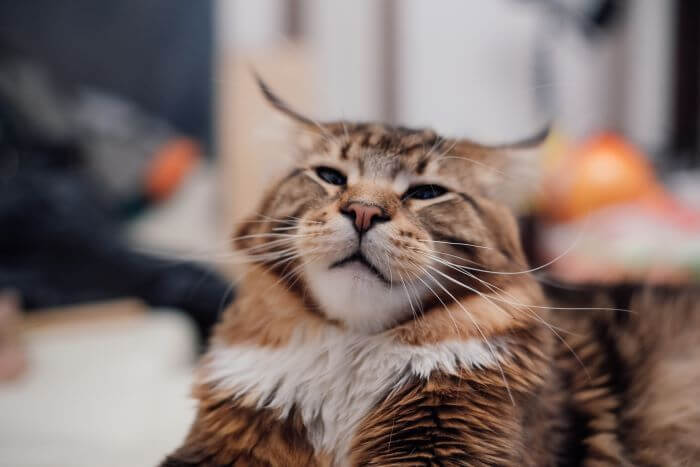
Don’t attempt to treat your cat with human pain medications as these are highly toxic to cats.
The treatment options available to your cat depends on what is causing their pain. If they have an internal medical problem such as liver or kidney disease, your veterinarian will recommend a combination of pain management and specific therapy.
If they have a musculoskeletal problem, like arthritis, your veterinarian will advise on available pain medications and anti-inflammatory medications. Remember, human painkillers are never safe to give your cat at home. For example, acetaminophen or ibuprofen can be highly toxic.
Also Read: Tylenol Poisoning In Cats
Are There Natural Pain Relief Options for Cats?
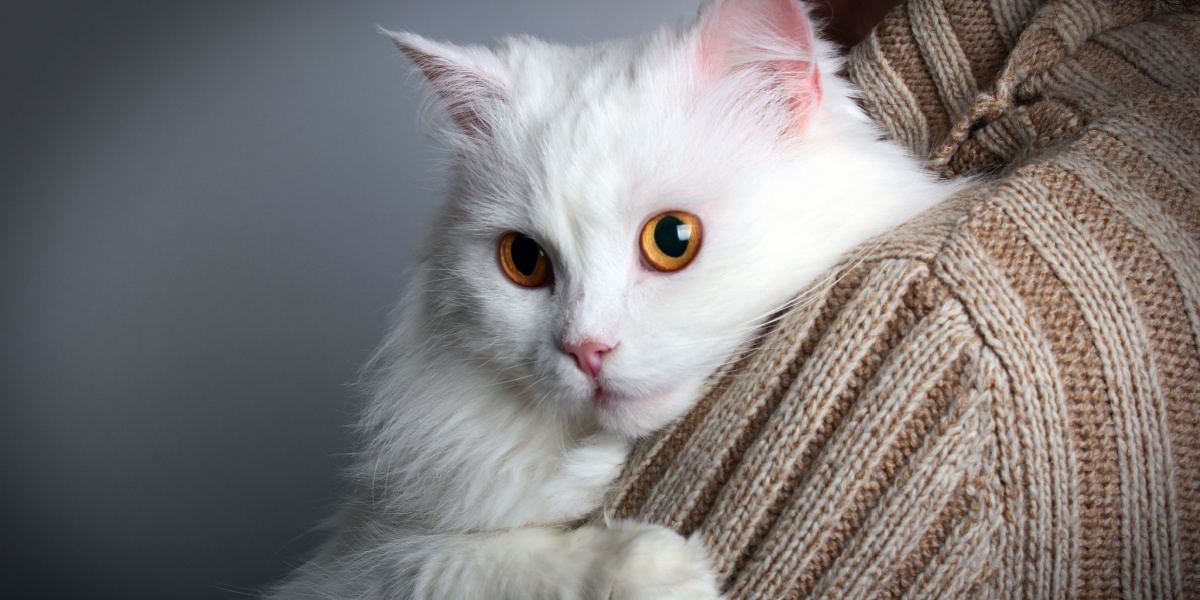
Your vet might suggest certain supplements in conjunction with traditional treatment.
Despite many products marketed as natural pain relief in animals, very few have any scientific evidence to support them and, as a result, are often a waste of money. Research suggests that green-lipped mussel extract can be beneficial in early joint disease. They are not sufficient in advanced disease, nor useful in painful conditions that are not associated with the joint.
Can I Help My Painful Cat Without Going to the Vet?
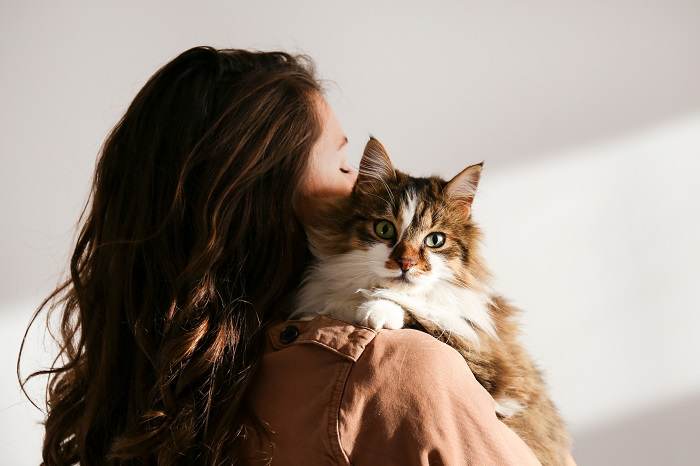
The best thing you can do to help a cat in pain is contact your veterinarian, who is trained to diagnose and treat the pain.
If you suspect your cat is in pain, it is always advisable to consult your veterinary care provider for advice. The reason for this is twofold. First, cats will hide signs of pain until things are pretty severe. Often, if you notice a problem, it is too late to take a wait-and-see approach.
The second reason is that there are no safe over-the-counter medications you can give your cat to manage their pain; crucially, acetaminophen (Tylenol) is highly toxic to cats.
Similarly, there are no clinically proven herbal remedies for cats. Your cat, unfortunately, will be suffering by delaying treatment, which we know no pet parent would ever want.
If you are in a state of financial hardship that makes seeking veterinary care cost prohibitive, still reach out to your local veterinary provider. They will be able to point you in the direction of charitable bodies or charitable funds to help support animal care during times of financial hardship.
Also Read: Why Are Cats So Flexible? A Vet Explains
Final Thoughts
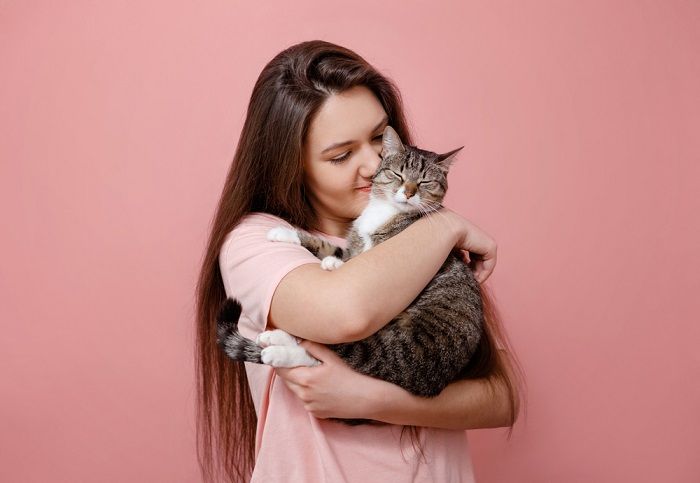
By the time you realize your cat is in pain, it’s likely the pain is significant, so don’t delay seeking treatment.
Cats are naturally programmed to hide pain, which means that we don’t notice much is amiss in the early stages of a problem. When cats show signs of pain, they can often be subtle and easy to miss. If you notice something isn’t right with your cat or are worried they are in pain, it is always advisable to speak to your veterinarian. They will work with you to create a tailored treatment plan to meet your pet’s needs and get them back to their old selves as soon as possible.
Related Symptoms:
- Lethargy in Cats: Causes, Signs, Symptoms & Treatment
- Anorexia In Cats: Causes, Symptoms & Treatment
- Hepatic Lipidosis In Cats: Symptoms, Diagnosis & Treatment
Frequently Asked Questions
Is my cat sick or in pain?
If you have noticed any changes to your cat's behavior or appetite at home, it might indicate a problem. Cats do their best to hide signs they are sick, so symptoms might not be evident to their owners. If you are worried something is wrong with your cat, seek advice from your veterinary care provider.
Do cats purr when they are in pain?
Contrary to popular belief, cats don’t just purr when they are content. Some cats will purr when stressed, anxious, or even in pain. Take into account your cat's whole body language when they are purring. This can give you a clue as to whether it is a happy purr or something is amiss. If you are worried about your cat, then speak to your veterinarian.
How can I help my sick cat without going to the vet?
With the current cost of living crisis, it can be tempting to try and look after a sick pet at home to avoid having to pay for a trip to the veterinarian, which can sometimes be costly. However, if you are worried your cat is sick or in pain, it is never advisable to delay seeking treatment. This is because it can worsen the prognosis for your pet.
If money is a worry, still reach out to your veterinary care provider. They can advise on discretionary funds, charitable bodies, or available payment plans to ensure your pet gets the treatment they need.
-
Corbee, R. (2022). The efficacy of a nutritional supplement containing green-lipped muscle, curcumin, and blackcurrant leaf extract in dogs and cats with osteoarthritis. Veterinary Medicine and Science. 8(3). DOI https://doi.org/10.1002/vms3.779



